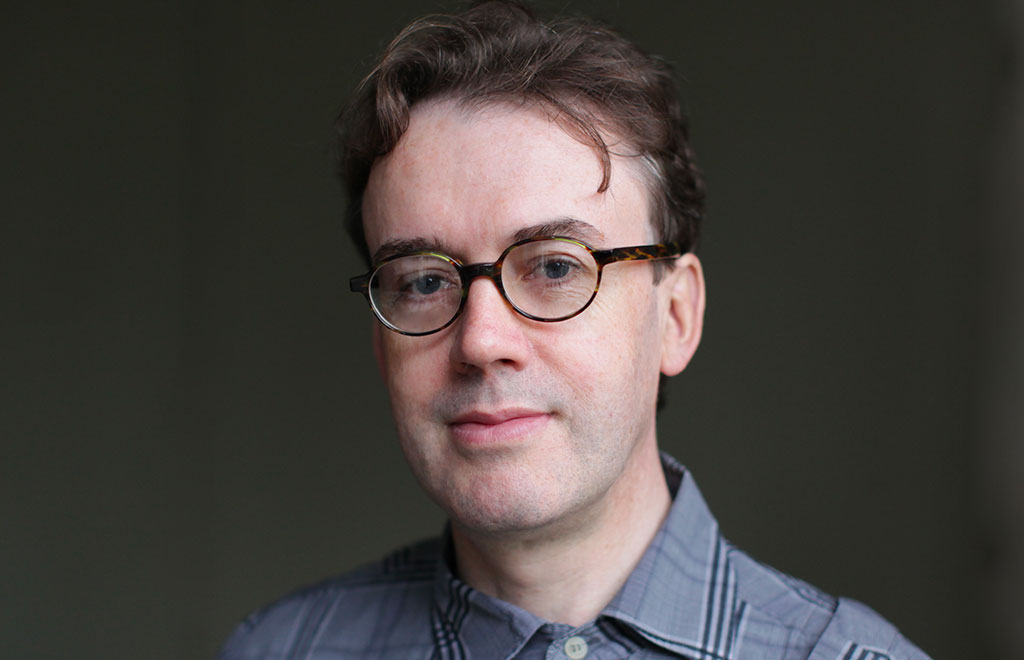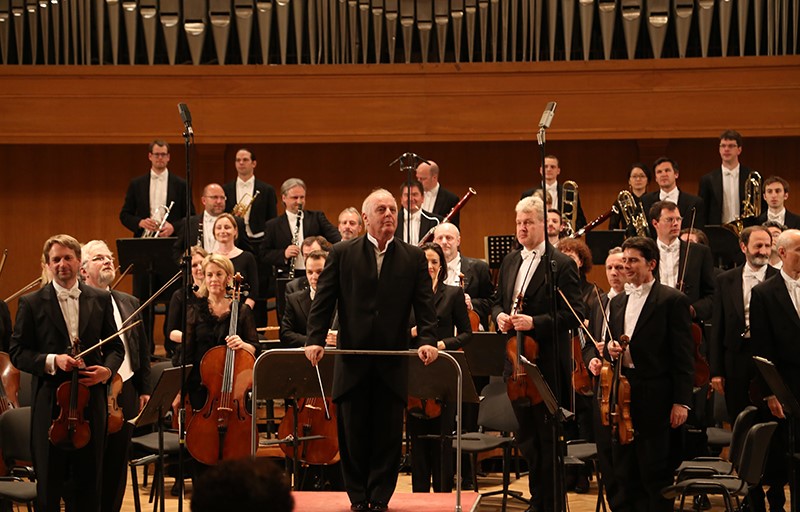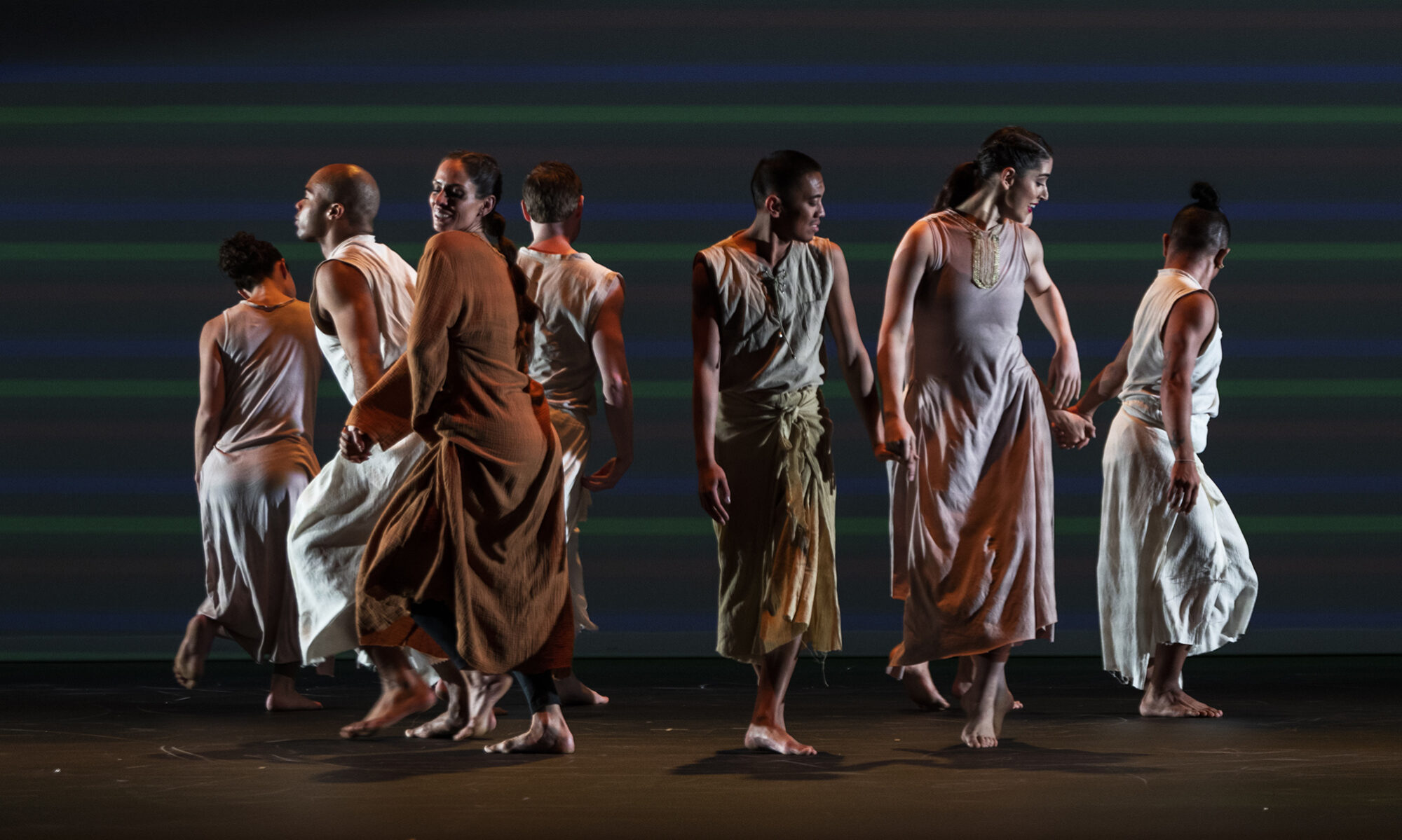Reimagining vibrant cities

Sir Jonathan Mills AO is a prominent Australian-born composer and festival director, who resides in the UK. In the 1990s he worked in the Architecture Faculty of RMIT University in Melbourne, leading courses in acoustic design. He is the composer of several award-winning operas and works for chamber ensemble and orchestra. His opera Eternity Man was recognised by a Genesis Foundation commission in 2003 and his oratorio Sandakan Threnody won the Prix Italia in 2005. He has been director of various music and multi-arts festivals in Australia and also in the UK, where he was the director of the Edinburgh International Festival between 2007 and 2014. He is currently Director of the Edinburgh International Culture Summit, a UNESCO-recognised biennial meeting held in conjunction with Edinburgh’s summer festivals and is the current President of the EFFE International Jury. EFFE (Europe for Festivals, Festivals for Europe) was initiated by the European Festivals Association. Jonathan is visiting Professor at the University of Edinburgh and Vice Chancellor’s (Professorial) Fellow at the University of Melbourne. His work has been recognised by awards from the governments of Australia, Britain, France, Poland and South Korea.
I want to ask a question; about cities, and the ways we experience them. Cities are becoming identical; within any number of rapidly expanding megalopolises from Nairobi to New York, Naples to Nanjing, where access to the internet regularly precedes the availability of safe potable water, the way of life for billions of city dwellers is becoming indistinguishable.
Those cities which are deliberately planned into zones of specialised activity are counter-intuitive and contrary to habit and history. The very idea of what has become known as the functional city flies in the face of some of the most basic premises of human habitation and interaction.
Worse still, rather than becoming more hygienic and liveable, safer and sociable, the highly artificial idea of a functional city where one ‘resides’ in a series of elevated edifices, isolated from places of work, recreation, worship, or refreshment, has the opposite effect.
The functional city has also led to some very artificial ways of organising cultural activity. The need to create cultural precincts or districts within a functional city gives rise to the contemporary phenomenon of performing arts centres.
A global building frenzy is in full swing. Civic leaders from Hong Kong to Miami, are keen to ensure that their city has the shiniest new cultural centre that money can buy, and that the most celebrated ‘starchitect’ might care to design.
From an artistic perspective, they are cumbersome and costly. They are frequently built with little consideration given to their recurring financial requirements – administrative or maintenance. And once built, does the expertise to run such large venues exist locally? A bonanza, to be sure, for a growing army of expatriate arts consultants and managers.
Unfortunately, there are numerous recent examples in Asia and the Middle East of performing arts centres that were promoted with enthusiasm only to become unviable – all at the expense of funds that could otherwise be made available to the artists of a city or region.
Too often, the existence of an arts centre represents a failure of nerve, a lack of confidence in the power of decentralised creative opportunities over a singular ‘one size fits all’ cultural complex.
But my fundamental concern is with the concept of a performing arts centre itself; with the notion that culture should be an occasional rather than perpetual part of our lives; that its location should be hermetic rather than permeable; that its success is judged by economic measurements alone, without other considerations such as social inclusion, access or education. Most of all, the values encapsulated in almost every one of these buildings are quintessentially and exclusively European.
How does a venue that was built for a symphony orchestra, sing to spectators whose musical traditions derive from India? Or a proscenium theatre, whose design is closely aligned to Italian renaissance painting, speak to an audience assembled to contemplate the intimacy of classical Chinese opera?
For the past 15 years I have lived in Edinburgh, a city renowned for its scientific and medical discoveries, its Enlightenment philosophy, and more recently its collection of summer festivals.
It should be noted that in the 73 years since the Edinburgh Festival was founded not a single new piece of cultural infrastructure – not a new theatre, nor concert hall – has been built as a result of the Festival. It must be said that the Festival has helped to sustain the existing cultural infrastructure; and that without the (largely 19th century) theatres, concert halls, and exhibition venues, the Festival may not have been able to grow into the sort of event it is today.
It is not necessary to build another arts centre; nor to invent another quango or piece of bureaucracy. Edinburgh, for the month of August each year becomes an extraordinary centre for the arts without ever having given the slightest thought to constructing an arts centre.
I am inspired by wonderfully succinct quotation from the French philosopher Maurice Merleau Ponty who said, “Just as places are sensed, senses are placed”. He seems to describe perfectly the reciprocal and intrinsic relationship between setting and substance that should exist at the core of any urban environment, let alone festival experience.
So, how do we respond to the intimate details of our surroundings? Our homes, or streets? Our neighbourhoods and offices? Our urban, or decreasingly, our rural environments?
How should cities be conceived? In terms of physical attributes alone? Or are they living, dynamic systems? Ever changing, evolving rather than fixed or immutable?
And how do we truly inhabit or celebrate the places in which we work, love or play? What kind of sensory, let alone sensual relationships, exist within these familiar places? Do we perform, through ritual or reverie, consciously or intuitively, simple acts of recognition to reflect upon and evoke the places in which we live?
So, as a festival director, I recommend that instead of controlling or engineering cities, urban planners should be prepared to narrate, compose, choreograph, perform them in order better to design them.
Festival Life creates shared moments of audiences and artists, eye-to-eye


